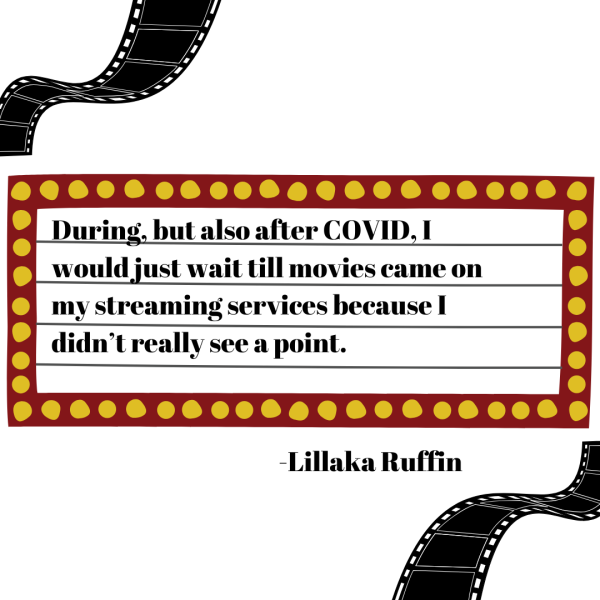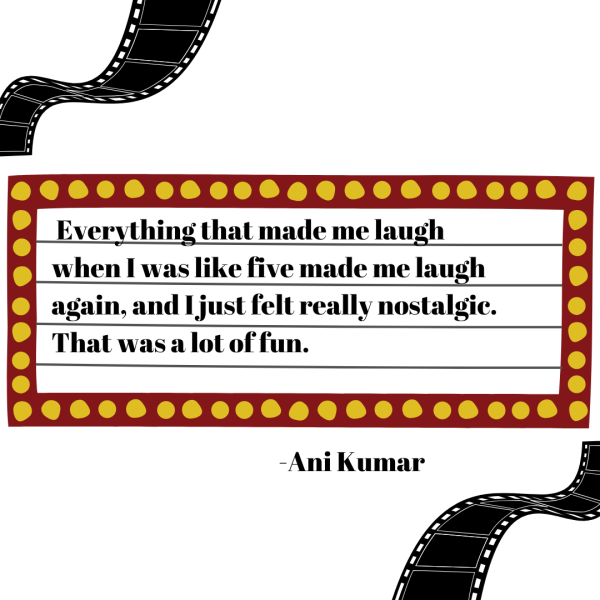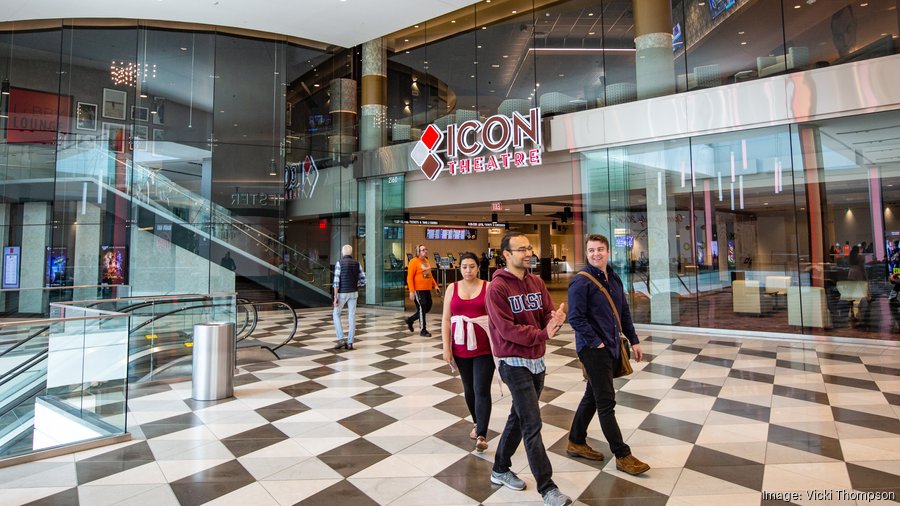The COVID-19 pandemic impacted the U.S. economy with devastating effects on businesses and unemployment rates. One industry that was heavily impacted was the film industry, with box-office receipts in 2020 marking a 40-year low in domestic box office. Even as the nation recovered, remnants of its impact endure: a survey from July 2022 found that 20% of adults had no intention to return to theaters, while another 10% are unlikely to return. As a result of declining audience numbers, movie theaters across the nation have shut down — over 3,000 screens have closed nationwide, and box office numbers have plummeted, including the Showplace Icon Theater in Valley Fair Mall that abruptly announced its closure in July of 2024.

Senior Ani Kumar was shocked when he found out about the theater — due to its popular location, he assumed that it would have a lot of customers and maintain business. However, he has noticed declining enthusiasm regarding going to movie theaters amongst his circle of friends, which he attributes to two key factors: high ticket prices and quick content turnovers to streaming services.
Similarly, sophomore Lillaka Ruffin has noticed a rise in the use of streaming services, which she says has contributed to movie theater closures becoming an even bigger problem in the past few years. Throughout the pandemic, Ruffin noticed that those around her who would not leave the house as much relied on streaming services more — a pattern that continued post-pandemic and caused movie theaters to take a huge hit.
“During, but also after COVID, I would just wait till movies came on my streaming services because I didn’t really see a point,” Ruffin said. “Especially when a lot of people were sick, I didn’t really leave the house that much, but even after the pandemic I feel like that mindset kind of stayed.”

The closure of the Showplace Icon theater reminded Statistics teacher Jeff Payne of some of his favorite theaters in San Jose that were torn down in 2014. From an analytical perspective, he recognizes that the closure was a result of declining customers and revenue. While growing ticket prices have not been a defining factor for him, he has noted that the convenience of waiting for streaming services has influenced his decision to opt out of movie theaters — especially after theater-to-streaming turnaround has improved for the majority of films post-pandemic. In the 2010s, there would be around a 70-day gap between a theatrical release and a streaming release on average. Recently, this time has been cut in half to about 30-40 days.
“With the streaming environment now, you can get new movies within around two months, so sometimes I’ll just skip the movies and just watch it at home if I’m feeling kind of lazy,” Payne said. “I think there’s an easier option for at-home viewing now. For me, I think that takes away some of my visits.”
Despite the closures, Payne’s fondness for theaters remains. From a young age, he has been especially enthusiastic about theaters, namely Century Shoreline and AMC Saratoga, and has also enjoyed exploring smaller and more niche theaters in San Francisco that screen old, black-and-white films. More than the actual theater, Payne enjoys the experiences that come with watching movies in theaters, such as going with his family during the holidays. Even despite the nostalgia he feels, he decides to opt out of going to theaters regularly.
“I remember there was a time when a new Marvel movie would come out and I had this group of people that would all go on opening night together,” Payne said. “We would wear T-shirts of a superhero or dress up a little and just get into the spirit.”
Similarly, Kumar and Ruffin feel that going to theaters are some of the best experiences they have had with their friends and family. Ruffin fondly recalls going to watch “Spiderman: No Way Home,” one of the largest box-office blockbusters coming out of the pandemic, with her friends in 7th grade. One of Kumar’s more nostalgic memories involves rewatching a childhood film with his sister.
“Last year, when they re-released a bunch of kids movies in the theater, I went to watch ‘Kung Fu Panda’ which is my favorite childhood movie and the first one I ever saw in theaters,” Kumar said. “I was absolutely over the top because I really, really liked that movie. Everything that made me laugh when I was like five made me laugh again, and I just felt really nostalgic. That was a lot of fun.”

Both Kumar and Payne agree that the pandemic, along with other factors, has taken a huge toll on the movie industry, with dwindling box office numbers and screens closing nationwide. However, Payne feels that the movie industry isn’t dying, — but rather being reconstructed and adapted.
“I just feel like there’s a new wave of theaters now, which is more tailored and specialized with food, seating arrangements and the ambiance and stuff,” Payne said. “So I feel like it’s going through a little bit of a revolution because a lot of chains are going to die out or merge after they just couldn’t survive through COVID and now streaming. I feel like the whole industry is headed for a new direction.”












